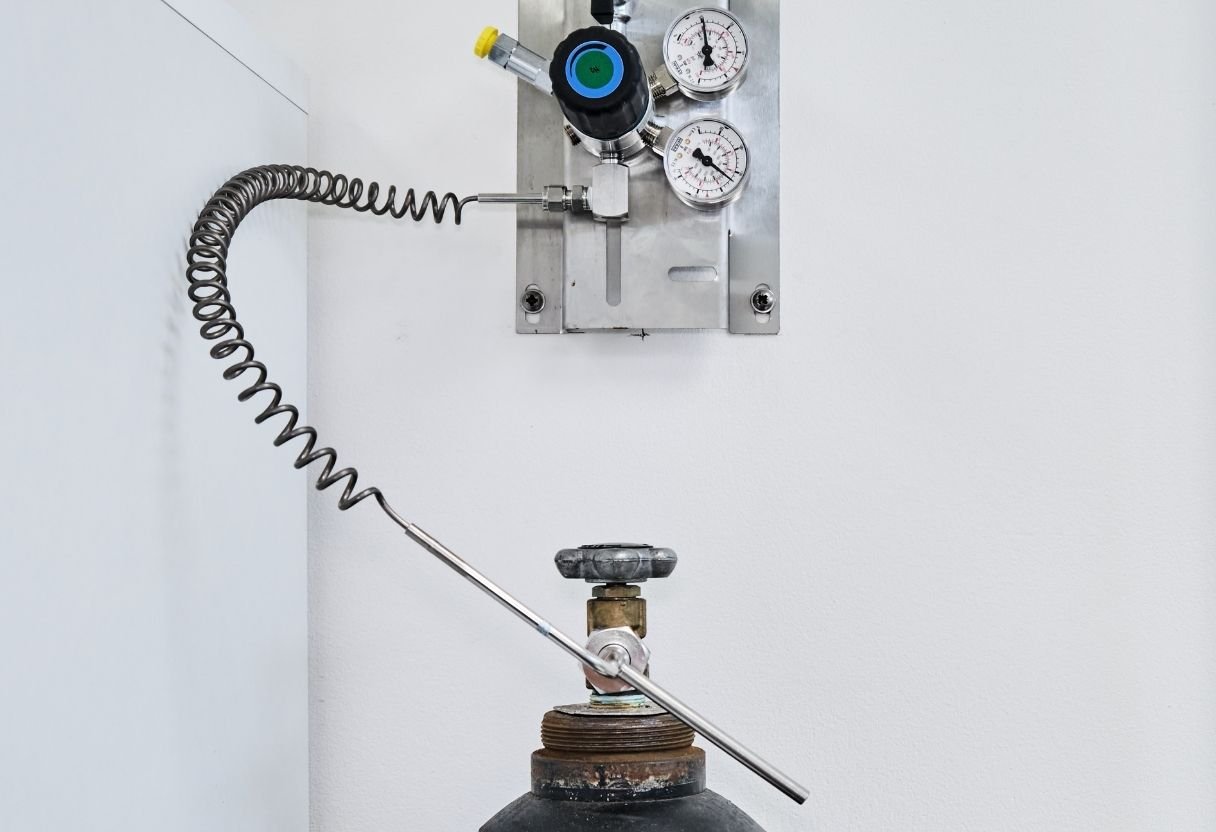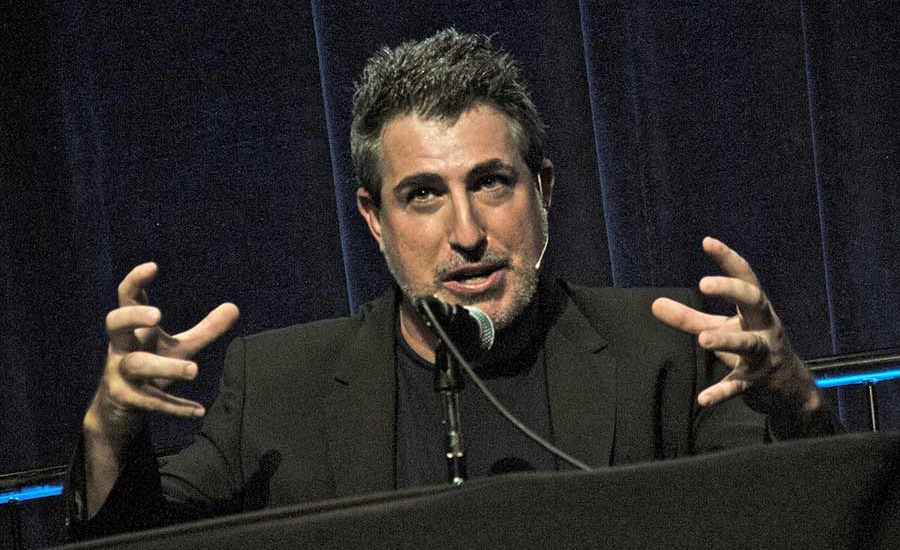What are Refrigerant Gases and Why are They a Problem?

In 1987, every nation in the world united in an unprecedented collaboration to end a pressing environmental problem, ozone depletion. Their united efforts culminated in the Montreal Protocols, considered one of the most successful sets of policies to address climate change at scale.
The agreement banned the continued use of ozone-depleting, common refrigerant gases—specifically, those with high GWP or global warming potential, such as freon. In action, The Montreal Protocol phased down the consumption and production of the various ODS (ozone-depleting substances) in a step-wise manner, with different timetables for developed and developing countries (referred to as “Article 5 countries”).
At the time, home and commercial refrigeration equipment such as freezers, refrigeration systems, and air conditioning systems all utilized hydrocarbon refrigerants, such as Chlorofluorocarbons, otherwise known CFCs, with high ozone-depleting potential.
Limiting or eliminating their use resulted in a noticeable addition of ozone coverage. This smashing success made the Montreal protocol the gold standard of international climate cooperation.
As a response, the chemical industry introduced a new generation of hydrocarbon refrigerant chemicals, HFCs (hydrofluorocarbons) and HCFCs (hydrochlorofluorocarbons).
The newly developed types of refrigerants have low ozone-depleting potential. However, they do emit carbon dioxide and other refrigerant gases with GWP. Therefore, these newly adopted common refrigerants were not an improvement over freon or CFCs.
HFCs and HCFCs are now widespread in air conditioners, refrigerators, aerosols, foams, and other products.HFC and HCFC refrigerants have an atmospheric warming potential of up to 9,000 times carbon dioxide. If a refrigerator with a leak emitted one pound of HFC, the emissions would be equivalent to driving between New York City and San Francisco six times – about 16,600 miles (EPA). Overall, HFC emissions are growing at 8% per year, and annual emissions are projected to rise to 7-19% of global carbon dioxide emissions by 2050.
We must conserve Earth’s resources for future generations conflicts with the immediate need to rapidly increase the quality of life in the developing world. Many countries involved in the Montreal Protocol agreed to add HFCs and HCFCs to the list of high GWP types of refrigerants to phase out. Together, they approved a timeline for their gradual reduction by 80-85% by the late 2040s.
Cold chain, the process of transporting and storing temperature-sensitive goods, heavily utilizes hydrocarbon refrigerants in mobile HVAC or climate-controlled air conditioning systems that cool items in transport. Additionally, their use in refrigeration systems, such as freezers or walk-in coolers, makes them ubiquitous.
To expand global access to fresh, healthy foods without depleting the Earth’s finite resources, the cold chain industry must radically transform to prevent food waste, increase energy efficiency, and eliminate toxic refrigerant leaks.
Developing a higher quality of life
Globalization has created an interconnected world where technology, societal ideals, and standards of life have no geopolitical boundaries. With improved educational and medical resources in developing countries, millions of people are entering the middle class. More citizens can now afford necessities like air conditioning, clean fuel for cooking, and access to fresh food.
According to the UN, global poverty has been reduced by half since 2000. With improved living standards, including better nutrition and vaccinations, life expectancy in China has increased from 44-years-old in 1960 to about 78-years-old in 2018 (World Bank).
Unfortunately, the cold chain expands life expectancy while depleting Earth’s finite resources. Every year, around 40% of the world’s food is lost due to a lack of practical refrigeration. This equates to 475 million tons of spoiled produce, which would be enough to feed around 950 million people. In a world where 811 million people are hungry and 2 billion people suffer from food insecurity, improving and expanding the cold chain would significantly impact global poverty reduction and other related development goals.
Conventional cold chain technologies typically use a tremendous amount of energy that generally comes from fossil-fuel sources; refrigerants that are often thousands of times more polluting than CO2; and transportation that runs off petrol and diesel, all of which harm our climate. While not much data is available, it’s estimated that today’s global food cold chain infrastructure alone is responsible for around 10% of global CO2 emissions.
Listen to our CEO's take on the matter.
Refrigerant gases and the cooling paradox
Due to decades of profit-centric decisions across all industries, the future of humanity is at a pivotal moment that requires a significant shift in priorities before the Earth reaches its warming tipping point.
The signs of climate change are undeniable. From deadly heat waves killing 1,400 in France in 2019 to Hurricane Harvey causing $125 billion in damage to Texas in 2017, climate experts agree we need to act swiftly.
Simultaneously, China and India grow warmer each year and will need more and more cooling to continue their progressive trajectory. How can we continue to uplift people from poverty while ensuring a sustainable, safe environment for everyone? The fact is that the worst effects of climate change will take place in poorer countries and threaten people who lack access to resources.
Today up to 50% of food losses occur in the early stages of the supply chain due to lack of proper refrigeration and cold chain bottlenecks. The food is lost whenever food is produced in surplus for what the local cold chain can handle. Immediately after a food product is harvested, it begins to deteriorate.
Even small temperature changes can be extremely damaging to the shelf life of food. This means that technology such as HVAC systems, freezers, and commercial refrigeration systems such as ripening chambers are critical. Proper cooling is essential for maintaining food safety and quality, and the temperature control must be very exact.
Further, cold storage is a very energy-intensive process. 60-70% of the electricity used in cold storage facilities goes towards refrigeration. This means while expanding the cold chain, we must utilize the most energy-efficient technologies available and low GWP, low toxicity, and nonflammable new refrigerants to keep the climate impact as low as possible. The industry will be vital for delivering these solutions.
What next?
To continue development in rising economies, we must also advocate for the expansion of necessary cooling technologies. To do this without destroying the Earth in the process, we have to improve how the cold chain operates dramatically. The transformation is rooted in three crucial facets: bolster energy efficiency, eliminate refrigerant leaks, and prevent perishable product loss. It is imperative to act on these solutions now to support a sustainable adoption of the cold chain because this problem is not going away any time soon.
Interested in using GlacierGrid to prevent refrigerant leakage?
To see how GlacierGrid can help your business operate more efficiently click below to try GlacierGrid today.








